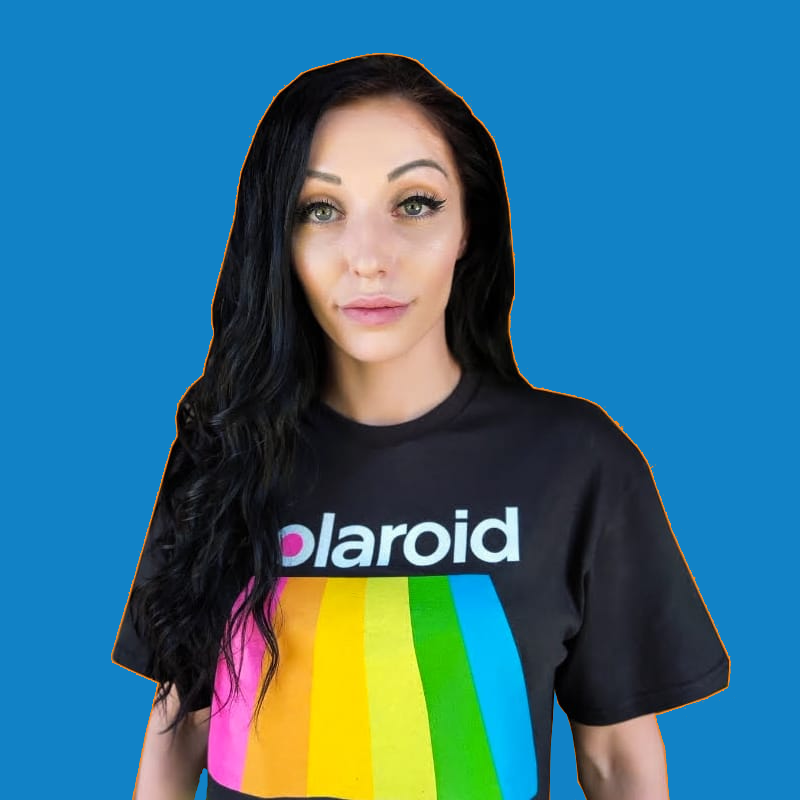How to Track Social Media Performance of Influencers
Influencer marketing is becoming crucial to promoting brands and driving interaction on social media platforms in the digital age. Influencer collaborations can significantly increase the reach and engagement of your business, but it's also crucial to assess their efficacy. Tracking social media performance is essential to ensure that your investment in influencer marketing produces the proper outcomes.
This in-depth tutorial will cover the significance of monitoring social media performance, the crucial metrics to pay attention to, and the tools and techniques that can help you accurately gauge the success of your influencer marketing initiatives. This blog will give you helpful insights to maximize the return on your marketing efforts by influencer tracker, whether you're an experienced marketer or are just getting started with collaborations.
The Importance of Monitoring Social Media Activity
Calculating ROI
One of the main purposes of monitoring social media performance is to determine the return on investment (ROI) of your influencer marketing initiatives. By examining the effects of your collaborations, you can ascertain whether your company's investments in influencers are yielding results.
Making Decisions Based on Data
Monitoring performance yields valuable information that might direct your upcoming marketing choices. It enables you to improve your strategies for better results by assisting you in understanding what is and is not working.
Increasing Campaign Efficiency
You can use influencer trackers to gauge the campaigns' advantages and disadvantages and analyze performance indicators. Optimizing your content, messaging, and partnerships may improve your campaign's overall efficacy.
Long-Term Relationships
Your brand and your influencer partners both benefit from effective tracking. You may develop more solid, long-lasting connections with influencers and produce future ads that are more effective by showcasing the results of their collaborations.
Let's now get into the precise procedures and indicators for monitoring influencer performance on social media:
Set Specific Goals
Any influencer marketing strategy must start by clearly defining its goals. These goals will act as the compass for all subsequent actions. These goals ought to be SMART, specific, measurable, achievable, relevant, and time-limited. Whether your goal is to raise brand awareness, increase website traffic, increase sales, or build brand credibility, it's crucial to be clear about what you want your influencer relationships to accomplish. Additionally, coordinate these goals with your broader business and marketing objectives to ensure coherence and maximize the benefits of influencer partnerships.
By establishing defined objectives, you give your campaign a sense of purpose and create a standard by which to measure success, making it simpler to assess whether your influencer tracker and marketing initiatives are on track and producing the expected outcomes.
Choose the Correct Influencers
A crucial choice that can make or break the success of your campaign is choosing the correct influencers. Locating people whose ideals, niche, and audience effortlessly connect with your brand's identity and target demographics is more critical than just finding those with a significant following. Conduct an in-depth study to determine an influencer's content style, authenticity, and engagement levels. Consider the audience's quality rather than just the quantity of followers; are they ardent fans of the influencer or just indifferent bystanders?
Consider the influencer's reputation, past partnerships, and overall brand image. By carefully screening the influencers endorsing your business, you may increase the likelihood that your collaboration with an influencer will be accurate and practical. Remember that the right influencer analytics may increase your brand's reach and cultivate credibility and trust within their loyal audience.
Choose Important Performance Indicators
The goals of each influencer program may vary, and as a result, so will the metrics you track. However, the following key performance indicators (KPIs) should be taken into account for the majority of campaigns:
- Likes, comments, and shares are all included in the engagement rate. It's an essential indicator for determining how well your content connects with the readership.
- Reach and Impressions are indicators that indicate how visible your material may be. Reach is the total number of viewers, whereas impressions are the number of times your material is seen.
- Click-Through Rate is essential for campaigns whose objective is to increase traffic. It calculates the proportion of viewers who click a link or call to action in an influencer's content.
- Monitor the conversion rate to determine how well the influencer's material motivates actions if your aim is conversions (such as sales or sign-ups).
- Tracking changes in an influencer's follower count before, during, and after a campaign can help determine how well the campaign performed with its audience.
- Understanding the influencer's audience demographics can help you ensure they are similar to your target market.
Utilize Tracking Software and Tools
You can measure and analyze social media performance using various influencer tracking methods and applications. Popular choices comprise:
- Google Analytics is a flexible tool that may monitor website traffic brought on by influencer campaigns and provide insightful information about user behavior.
- Social media analytics tools are available on several platforms, including Facebook Insights, Instagram Insights, and Twitter Analytics. These tools offer comprehensive information on the performance of posts, interaction levels, and audience demographics.
- AspireIQ, Traackr, and Upfluence are some platforms that provide all-inclusive influencer marketing solutions with built-in tracking and reporting capabilities.
- Programs like Brandwatch, Hootsuite, and Sprout Social offer comprehensive social media monitoring and reporting features.
Observe in Real Time
Because influencer programs are dynamic, real-time monitoring enables quick responses to new trends or problems. Keep a watch out for any queries or worries the audience may have regarding your campaign through social media mentions, comments, and messages.
Interpret Data after analysis
Data collection is only the first step. You need to analyze and understand the data to come up with insightful conclusions. Observe any patterns, trends, or outliers in the metrics you've chosen to monitor. To determine which influencers and initiatives are most effective for your brand, compare their performances.
Interpret Data after Analysis
The accurate insights are revealed through analyzing and interpreting the data gathered from your influencer analytics. It's similar to opening a treasure trove of knowledge that enables you to hone and improve your tactics. When analyzing the data, find deeper trends and patterns by looking past the apparent measures. For instance, consider when and how often engagement spikes occur, what kinds of material your target audience responds to the most, and whether particular influencers regularly do better than others. Consider qualitative elements, such as sentiment analysis, and quantitative measures, like engagement and conversion rates, to determine how the audience feels about your brand's affiliation with influencers.
These subtleties will help you decide to change your content, messaging, or influencer partnerships to achieve the most impact. Ultimately, data analysis serves as the compass for your influencer marketing journey, pointing you toward a more significant ROI, a more powerful brand resonance, and better audience comprehension.
Report and Discuss the Findings
For internal communication and decision-making, thorough reports summarizing the effectiveness of influencer initiatives are crucial. To promote openness and cooperation, distribute these reports to the influencers' own important stakeholders inside your organization.
An essential component of influencer marketing is tracking influencer performance on social media. It not only measures the results of your efforts, but it also offers insightful data for continual improvement. You can fully utilize influencer tracker to increase your brand's visibility, engagement, and ROI by creating clear objectives, identifying critical KPIs, working with relevant influencers, and employing tracking tools efficiently. Remember that influencer marketing is a dynamic industry, so be flexible, try new things, and use data-driven insights to find long-term success.


























